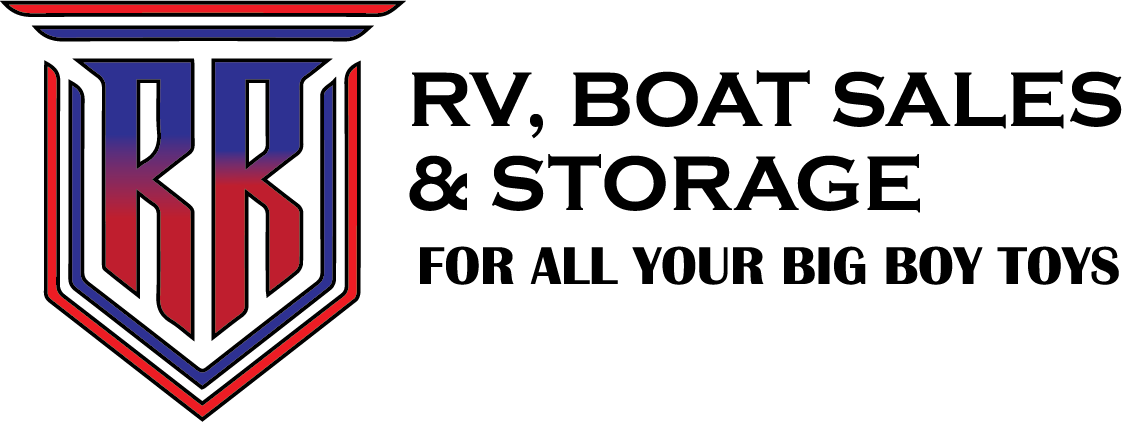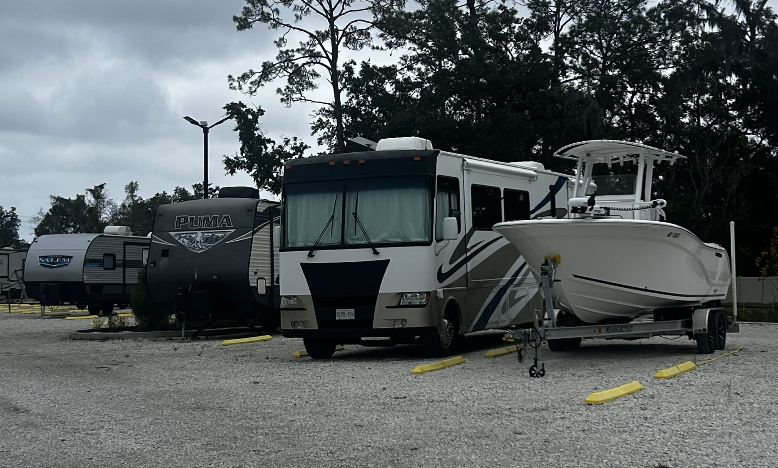Understanding Boat Storage Orlando Regulations and Zoning Laws
Orlando – surrounded by sixty lakes and nine major waterways – is the heart of Florida’s active boating culture, which presents individuals in charge of watercraft and boats with plenty of difficulties with regard to storing them. For the casual users and to the actual boat owners, it is imperative to learn the various legal provisions regarding boat storage in Orlando to avoid running afoul of the law. Before you store your boat, know some of the regulations and features of the boat storage facility.
Introduction
Orlando’s regulation of boat storage is an extension of the preservation of public aesthetics in maintaining the boat owner’s needs. These regulations fall under the City of Orlando Municipal Code Chapter 58 and provide general as well as specific provisions for both dwelling and business property boat storage sites. The regulations seek to correct the rights of property owners in the interest of society and the public to ensure safe and proper storage due to increased marine vessels within the city.
Basic Residential Storage Requirements
We found that for the Orlando residents, storing boats in residential areas is regulated by some conditions meant to ensure that the area is kept neat as well as safe. These requirements are conditioned by the size of the property, the zoning regime, and the type of vessel subjected to storage.
Front Yard Storage Restrictions
In front yards of residential properties, the city obliterates permanent boat storage and conveyances. Local access for a period up to 24 hours for such activities as maintenance or loading of goods is allowed. The restriction of graffiti applies in the Orlando premises in order to maintain the aesthetic value of the streets and standardize the value of properties that surround these streets in the residential neighborhoods.
Side and Rear Yard Guidelines
The City of Orlando has particular and concrete regulations regarding the storage of boats in the side and rear yards of residential zoned properties. The fundamental 5-foot setback requirement from property lines serves multiple purposes: it guarantees sufficient space for regular servicing and repair, helps to avoid conflicts between the neighbors on whose territory these structures are built, and provides for the proper staking of the drains between the adjacent land tracts. This setback has to be measured from the most forward point of the boat plus any implements such as motors or bow sprits.
As for screening requirements, the city code states that the boats should be adequately hidden from properties on the sides, as well as the general public. The allowed screening types include privacy fencing that should be 6ft high at the least and made of wood, vinyl, or masonry. Natural vegetation can also meet the test of being an acceptable screen if it provides continuous coverage all year round and attains the necessary height. Often used approved plants are Leyland Cypress, Bamboo, or Viburnum as they grow well in Orlando climate and successfully help in screening.
The landscaping option must meet additional criteria:
- Plant heights can be no less than 6 feet for each plant.
- Vegetation should form an unbroken screen as regards the eyes or vision as well.
- Species must also be adapted to drought conditions and climate zone five, where Orlando is located.
- Root systems should not annihilate with the utility lines or with the neighboring property.
Utility access means boats must be situated to ensure good access to all connections to utilities like water meters, electric boxes, and gas connections. The city mandates all utility access points be given a minimum of 3′ of space. Hallways opening directly from the home or from adjacent structures have to be at least 4 feet wide so that any escape routes are left clear for emergencies.
Other factors that property owners should also address are issues with stormwater drainages around boat storage areas. The stored vessel cannot prevent the natural flow of water in this area, or it cannot cause a pooling effect. Some people prefer to park their boats directly on the ground since this will also need to be permeable with gravel or special pavers to improve drainage.
More requirements apply where the lot is located in the corner. Boats stored in side yards that front secondary streets must be at least 15 feet from the property line, and additional screening must be done to preserve the streets.
Orlando Code Enforcement for Storage
It is noteworthy that codes enforcement in the city pays attention to these guidelines wherein violation assessment is done during yearly inspection and on receipt of complains from neighbors. Failure to adhere to the provisions attracts a daily fine of not less than $50 and increases each subsequent day.
Also, the owner should think about such requirements as HOA could have even tighter rules than the ones set by the city. When their rules counter with those of the city, the stringent rule usually applies even between homeowners associations. There are Orlando HOAs that strictly tailor down the type of fencing permissible or completely ban boat storage, in spite of adorning the city laws.
These detailed guidelines guarantee that boat storage continues to remain functional for the owners and sensitive toward the neighboring properties to keep the Orlando resident zones visually appealing and keep up the property value while at the same time satisfying the boat owners.
Environmental Considerations
The implications of boat storage structures cause a siting problem in Orlando, which is surrounded by local and state-level regulations. Stormwater discharge systems need mechanisms that have a high filtration capability that is superior to typical business industry systems. Most of the mentioned systems utilize several pharmaceutical treatment processes: the primary settling basin traps large solid particles, followed by the oil/water separation systems, which can treat up to 100 gallons per minute. The last step of treatment consists of removing the residual impurities with the help of bioretention areas that consist of native flora of Florida.
The permit issued to DSR correlates with the Florida Department of Environmental Protection regulations that require a maximum of a quarterly discharge quality sampling at certain discharging points, and the results are to be submitted to both state and local environmental protection agencies. The logbook must record any work being done as well as any emergencies such as system failure or overflow.
Hazardous Materials Management
Today’s boat storage companies in Orlando manage strict hazardous materials policies similar to marine industrial norms. Designated containment areas include epoxy-coated concrete surface secondary containment systems which can accommodate up 150% of the maximum chemical volume in area. Employees are also required to take an annual hazardous material handling training, while onsite spill response teams are available on call and ready to act round the clock in case of an emergency.
Insurance and Liability Framework
The insurance specifications necessary to store the boats in Orlando prove that marine storage businesses are high-risk. In addition to the required minimum primary general liability limit of $1,000,000 per occurrence, environmental impaired liability insurance with a limit of no less than $2,000,000 in the aggregate is required. These policies have to include stipulations concerning such events as fuel contamination, chemical leakage, and storm damage.
Seasonal Considerations
Orlando’s storage facilities have a three-step response mechanism depending on the magnitude of the storm during the hurricane season. Tier one becomes active from the start of a season. Therefore, the preparation and documentation are minimal. Tier 2 starts when Hurricanes are included in the regional prediction, thus requiring extra protection standards. Tier 3 entails facility broad emergency procedures as well as possible facility evacuation.
Enforcement Structure
The enforcement system of Orlando uses the point-based method in the tracking of compliance. Institutions acquire violation points over the prior 24 similar months with stringencies depending on the number of points collected. Damas (1993) stated that minor offenses attract 1-2 points, while serious environmental or safety offenses attract 5-10 points. Amassed points cause requisite facility inspections, and the accumulation of sufficient points results in operating permit suspension.
Conclusion
It is, therefore, crucial to get acquainted with Orlando’s boat storage regulations and requirements whether you are a resident with boats to store or a boat storage business. These all-encompassing insights are to promote storage safety, security, and environmental compliance in compliance with the communities’ standards. As Orlando continues to grow, these regulations may evolve, but their fundamental purpose remains: to safeguard the interests of the boat owners and society as well as the God-gifted natural resources of the city.
Send Your Request for Boat Storage

